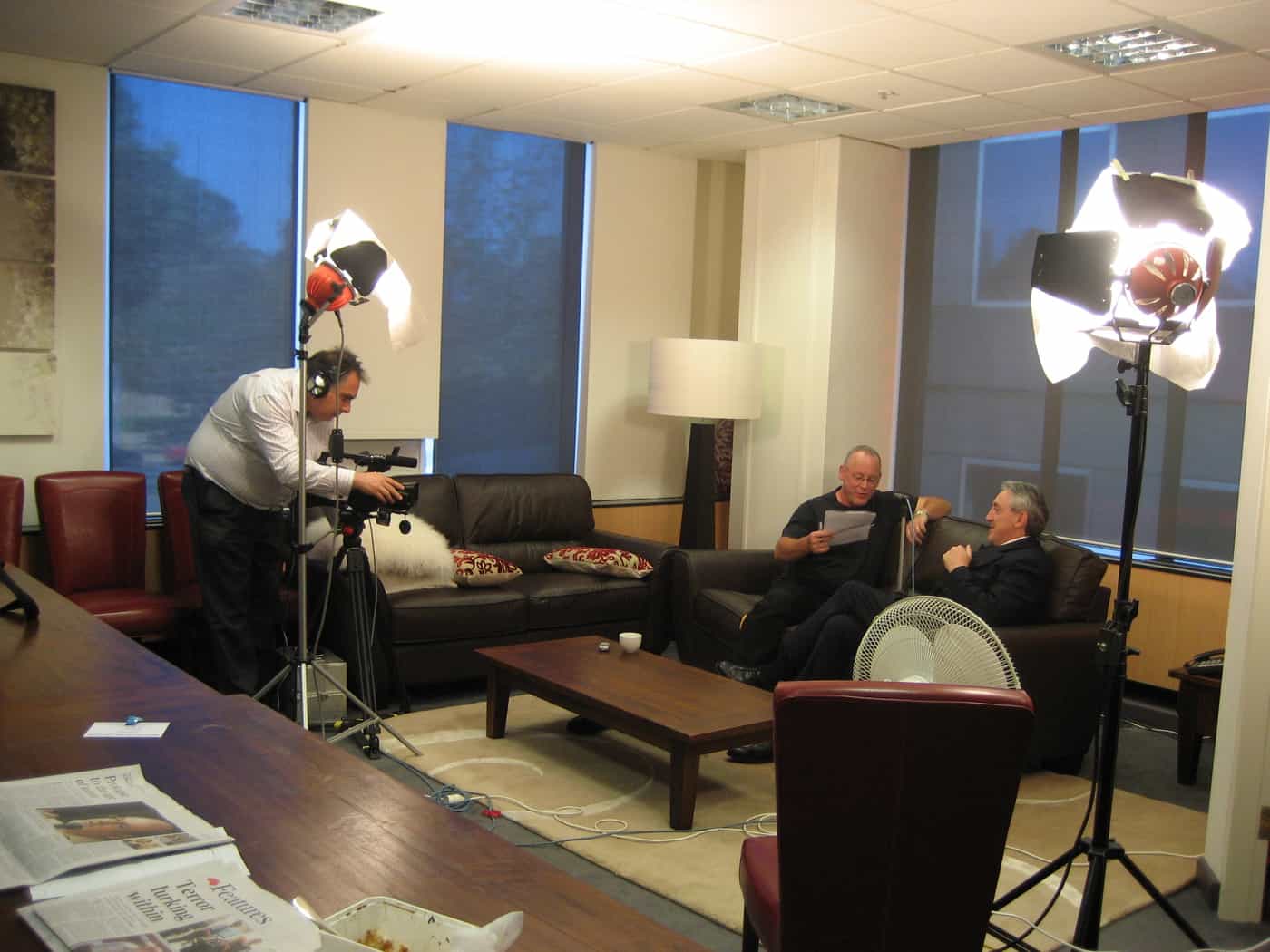A couple of weeks ago I conducted interviews with several speakers in the Safety In Action Conference to be held in Melbourne, Australia at the end of March 2009. The finalised videos are below.
Helen Marshall is Australia’s Federal Safety Commissioner who has a challenging job monitoring major government construction sites.
Dr Martyn Newman is a a fascinating speaker on the issues of leadership and emotional intelligence and how safety professionals can benefit for applying these concepts to their corporate aims.
Jill McCabe is a recent member of WorkSafe Victoria who provides quite startling survey information on the attitudes of supervisors to workplace safety.
Barry Sherriff is a partner with law firm Freehills and was recently also one of the review panellists into Australia’s OHS law review. Since this video, the final report of the panel has been publicly released and Barry will be discussing harmonisation at the Safety In Action conference.
John Merritt is the Executive Director of WorkSafe and a strong advocate of workplace safety.
Although part of my job is to help promote the Safety In Action conference, I have tried to provide a resource that will not be temporary and is actually useful to safety professionals everywhere.
Tip: Use the high quality YouTube settings if you can. It makes these much easier to view but does not improve the appearance of the interviewer.

